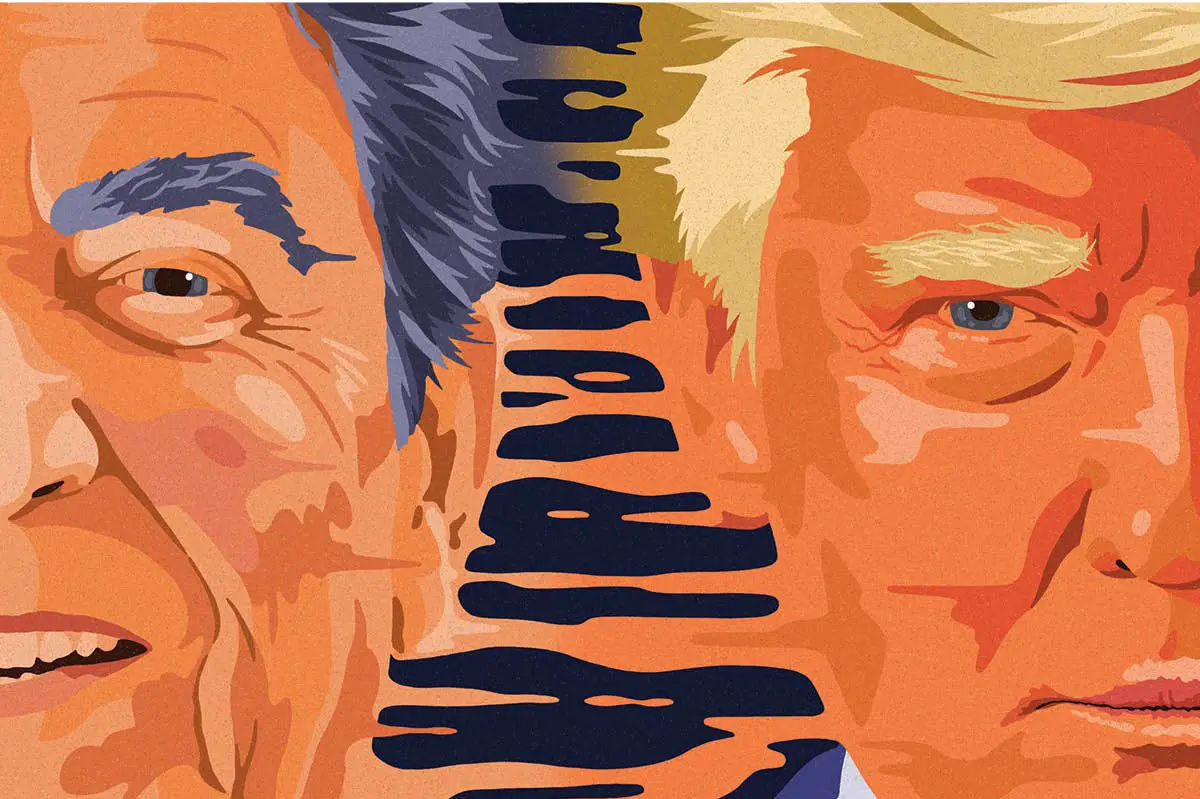‘I saw the best minds of my generation destroyed by cat videos,’ begins Henry Mance’s How to Love Animals, winningly. That is the paradox he sets out to unpick in this densely factual and intermittently horrifying book: how a world in thrall to cuteness, endlessly compelled to click on videos of kittens and owls having a special friendship, can remain indifferent to the suffering of almost all other animals, whether farmed, in captivity or in the wild.
That’s a tough brief. I’m not sure it’s a book I would choose off the shelf, because the subject matter is deeply unpalatable. The facts and figures — intensely researched and carefully woven into the two parts, ‘Killing Animals’ and ‘Loving Animals’ — speak for themselves. Billions of male chicks are destroyed each year as waste by-products of the egg industry. Even ‘crate free’ sows spend up to 40 percent of their lives in tiny metal cages. Farmed fish are riddled with lice (good luck enjoying salmon again after reading Mance’s grisly description of this); ‘free range’ is far from the guarantee of a happy frolicking freedom we choose to believe; and captivity in zoos decimates the lifespan of many animals. Even our beloved pets disrupt ecosystems and contribute to climate change; far too many are cruelly kept. We sort of know this but pretend not to. This book makes that pretense impossible.
You cannot fault Mance’s work ethic. He takes a hands-on approach to exploring our contradictions and cruelties in colorful, unexpected ways, skinning sheep in a slaughterhouse (as unpleasant as it sounds), failing to fish a freezing Scottish river and unsuccessfully hunting boar in Poland. He talks to researchers, farmers, zookeepers, ecologists and quixotic dreamers, and consults animal communication experts, lab-meat pioneers and even a Jain nun.
It’s varied and fascinating, and at times even funny. Mance, who is chief feature writer for the Financial Times, has a lively style; if the subject matter is heavy, his prose slips down effortlessly. He’s darkly droll on the tendency of early naturalists to hit their subjects over the head with hammers and eat them; and I liked him questioning, Marie Kondo style, the necessity of 400,000 beetle species (‘Does each one spark joy?’). His account of an uncomfortable night protesting at Smithfield meat market with a gang of gentle misfits has enjoyable shades of Posy Simmonds. On the whole, he seems to enjoy the people he meets — from crackpots to conservationists — as much as the animals.
But the facts and the sometimes deadening weight of statistics are not conducive to cheer. And I struggled with the shift in tone from a genuinely harrowing chapter on climate change, ranging from reef bleaching to deforestation, which left me hollow with despair, to a jokey section on a Californian ‘Corgi-Con’, all dressed-up dogs and eccentric owners. Of course you need light and shade, but occasionally I had a touch of intellectual whiplash from being cast into, then hoisted out of, the pit of existential gloom.
It is probably unfair to note that, despite his veganism, Mance finds a sort of wriggling justification for having a (carnivorous) cat: they increase our empathy for other animals, his argument goes. I may just be bitter, because he says, of keeping tortoises (as I do), ‘on a spectrum from partnership to kidnapping, it’s closer to the latter’. Generally, he is disarmingly willing to examine his own inconsistencies and hypocrisies: his cat, Crumble, kills a blackbird chick; his rescue hens both die prematurely.
There are surprises. Mance comes down broadly in favor of most types of hunting, including the internet’s favorite bogeymen, big-game hunters: the vast sums they pay to indulge their weird proclivity make preserving wild habitats economically viable. There are pinpricks of hope too: gene editing and ‘assisted evolution’ may mitigate some of the worst effects on animal species of global warming and human actions. Addressing these problems with some of the urgency with which we tackled the Covid pandemic, Mance notes, would mitigate more.
But easy answers are few and far between: much of the book is concerned with teasing out the least worst approach. I am grateful to Mance for having done that work. It is hard to do the right thing, or even to know what the right thing is, and How to Love Animals helps, even if the picture it paints of us as a species and the suffering we inflict is impossible to enjoy. I was gripped and provoked, by turns sad, sickened and guilty. I am grimly acknowledging it may have made me vegan. ‘It’s a bit in your face,’ warns the abattoir boss employing Mance, and this book is too: not like an anti-vivisection poster, but in the way it carefully dismantles our self-justifying carve-outs and excuses; our willful ignorance. I am glad I read it. You might not want to, but you should probably read it too.
This article was originally published in The Spectator’s August 2021 World edition.

























